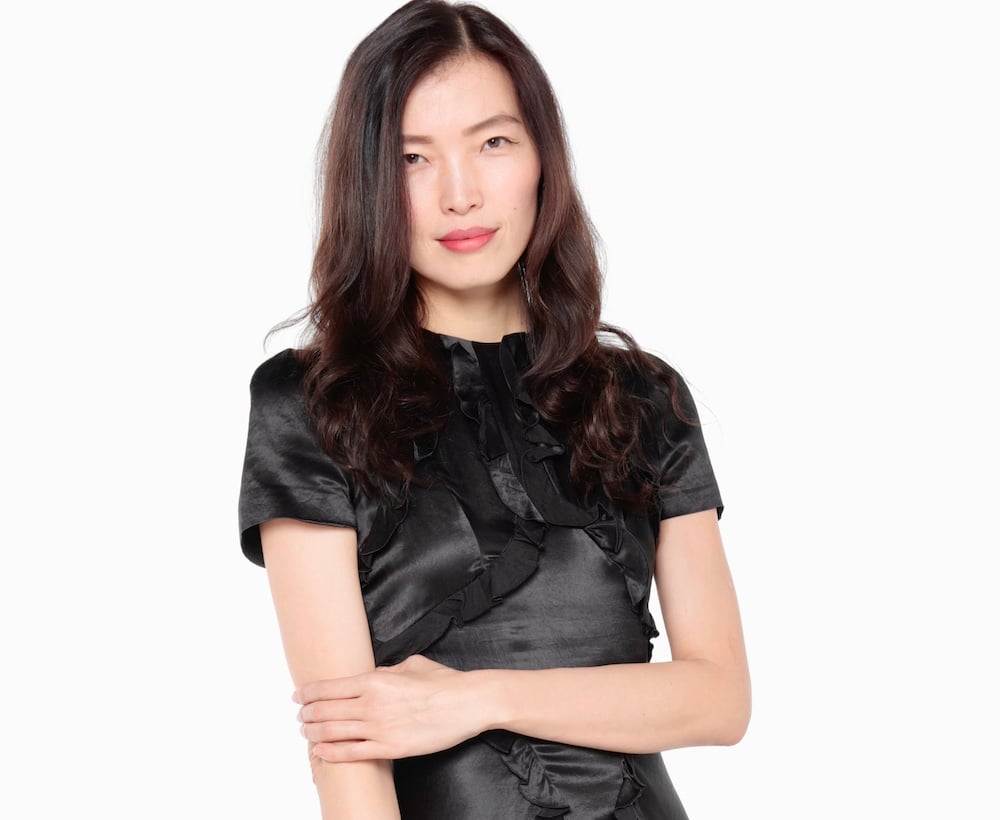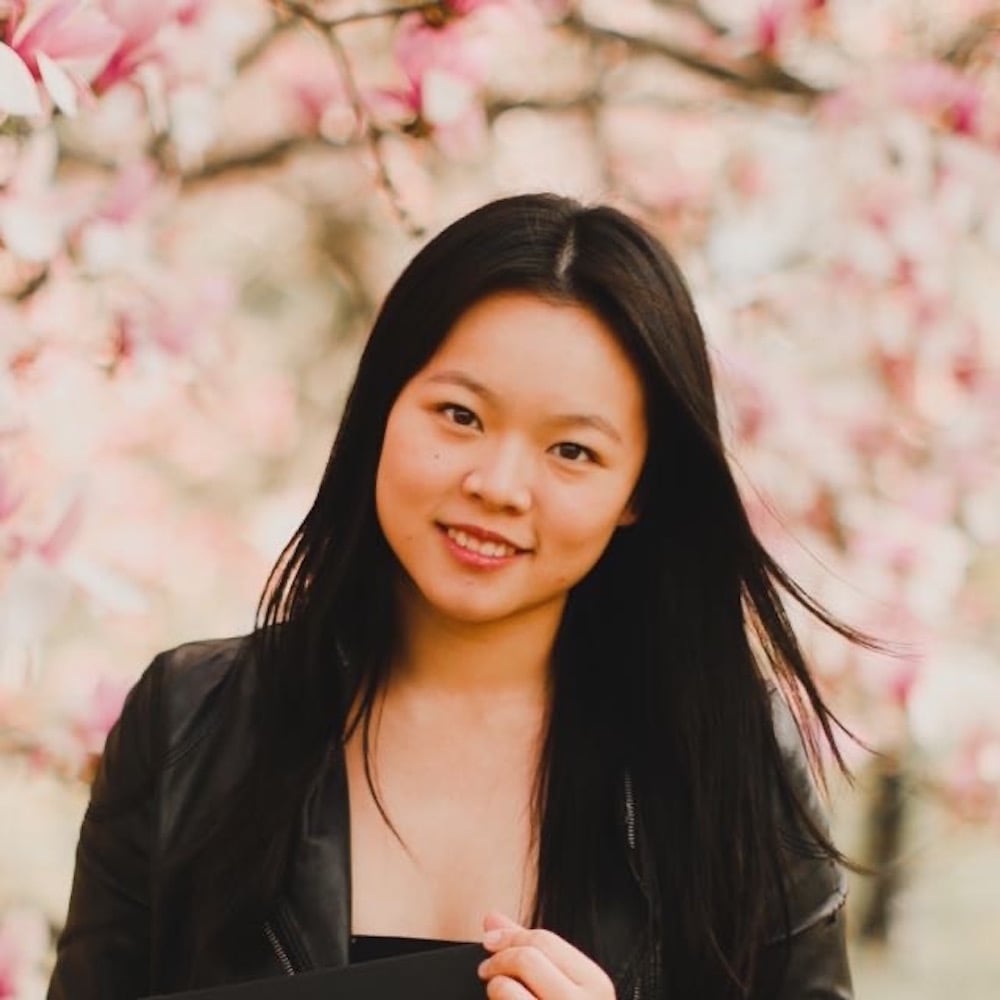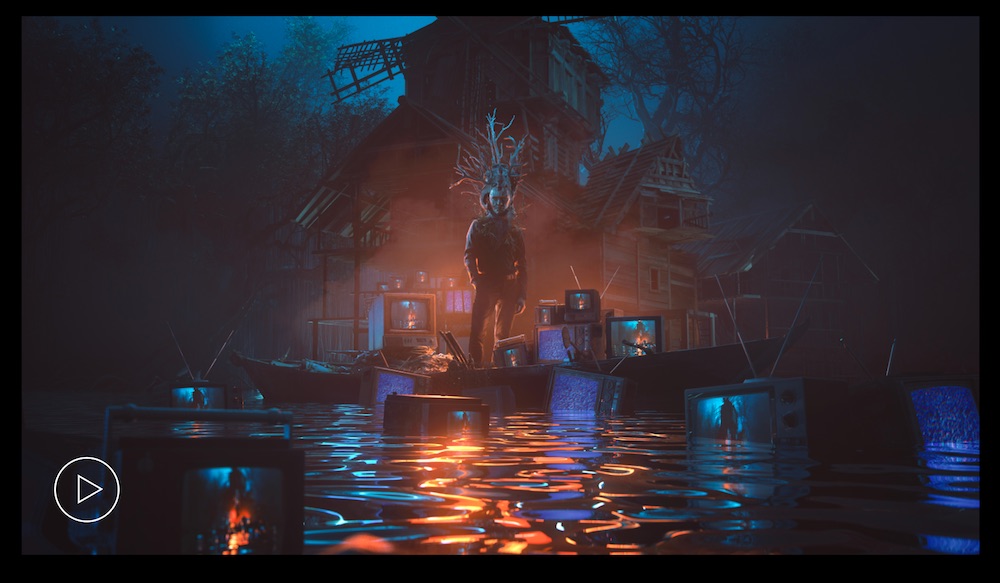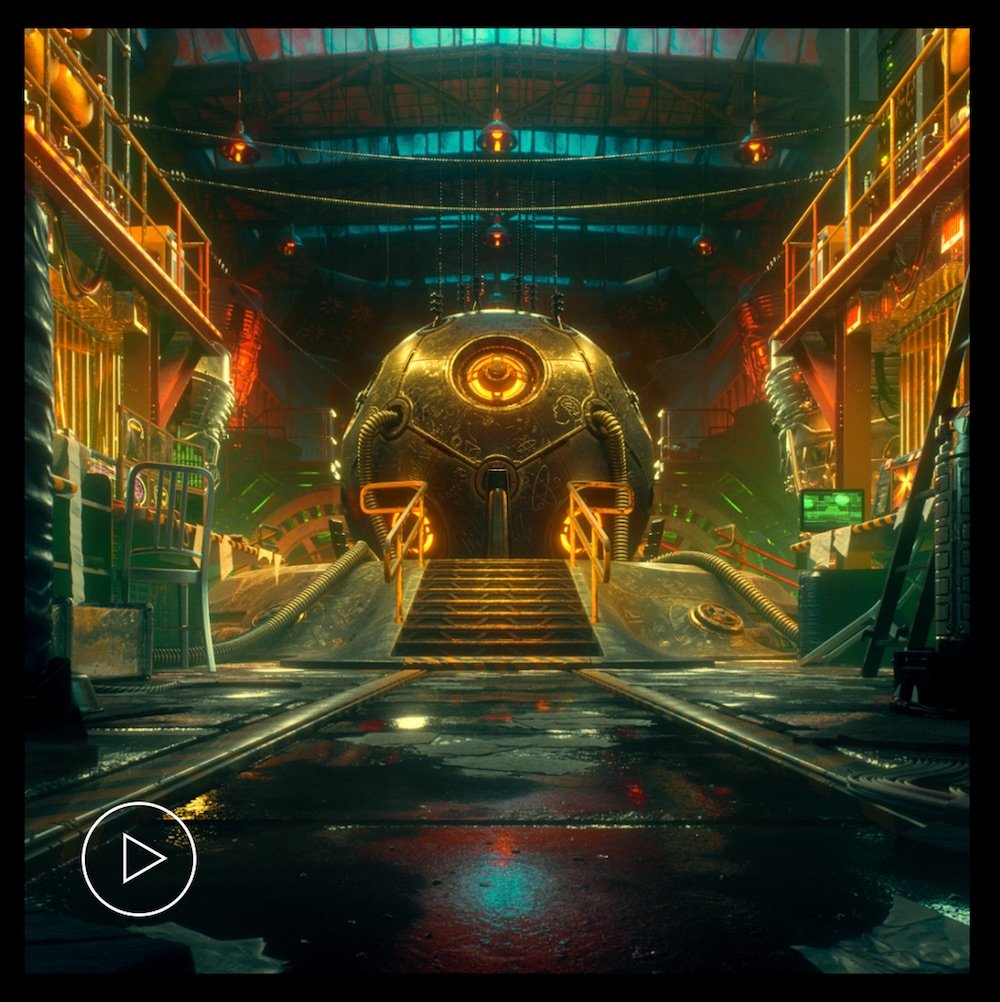NFTs
A New NFT Venture Has an Innovative Idea: Make Buyers Prove They Know Something About an Artist Before They Bid
Xin Li-Cohen, dubbed Christie's 'secret weapon,' is co-founder of TR Lab. Artists including Cai Guo Qiang are on board.

Xin Li-Cohen, dubbed Christie's 'secret weapon,' is co-founder of TR Lab. Artists including Cai Guo Qiang are on board.

Eileen Kinsella

Amid the explosion of NFT initiatives of the last year looking to cash in on the crypto-art craze, how do you stand out? The six-month-old TR Lab (for the Latin term “tabula rasa” or blank slate) thinks it has the answer, with a considered mix of newbie artists and seasoned art-world stars, a focus on measures to build real community—and, above all, a powerhouse leadership team.
For more than a decade, former model and basketball player Xin Li-Cohen has been a rainmaker at Christie’s, advising and bidding for contemporary art collectors including some of the top buyers in Asia. In a 2014 profile, the Wall Street Journal dubbed her the auction house’s “secret weapon.” Now, she serves as both co-founder and chairwoman of TR Lab (she is also maintaining her responsibilities at Christie’s under the slightly modified title of non-executive deputy chairman).
TR Lab’s other founder and CEO is Audrey Ou, a New York-based specialist who has worked closely with the Rockbund Art Museum in Shanghai, founded by her parents in 2010. Ou worked on solo shows of artists there, including one dedicated to Cai Guo Qiang. She’s also a member of the Guggenheim Museum’s Young Collectors and Asian Art committees.
Both Li-Cohen and Ou told Artnet News that becoming acquainted with the crypto-art field had involved curiosity, research, and a lot of time spent on both Twitter and Discord, learning both to speak the NFT lingo and to explain it to others in layman’s terms.
“Even in February I didn’t really know anything about NFTs,” said Ou. “So it has really been a crazy learning curve. I’m always asking questions.”
Li-Cohen added that “everything changed” after Christie’s sold Beeple’s Everydays for $69 million last March. Ever since, she has been focused on the fast-growing NFT space.

TR Lab co-founder and CEO Audrey Ou.
“When we were preparing for the [Beeple] sale, I was really interested in the innovation around it,” said Li-Cohen. “I also love building something new.” She says that she has also been fielding a plethora of NFT-related inquiries from clients, even more traditional ones.
TR Lab was incubated by Dragonfly capital, a high-profile cryptocurrency fund based in China that wanted to invest specifically in art NFTs, as well as to reach more Chinese collectors. When Dragonfly had trouble finding a team that they felt were “properly equipped” to do so, Ou recounts, they approached the Rockbund museum. (Other backer/partners of the venture include Artsy, the art commerce website, and Art021, the Shanghai contemporary art fair.)
One of the site’s first drops, in July, was Chinese art star Cai Guo Qiang’s first-ever NFT, a unique or “one of one” work, titled Transient Eternity-101 Ignitions of Gunpowder Painting. It was commissioned by the Rockbund for its 10th anniversary charity auction and sold for $2.5 million on the TR Lab platform after a 48-hour offering. Cai has more drops planned for this year.
Meanwhile, TR Lab is also backing AI2041, an ongoing multi-artist and cross-medium collaboration between authors and artists that has a new drop each week. The grand finale of the project will be a drop this month featuring well-known A.I. artist Refik Anadol.

A still from Min Shi’s genesis drop on TR Lab, a 1/1 short animated NFT called Gods Behind The Masks, which sold for 4.4 ETH ($16,500). Image courtesy TR Lab
Behind their strategy is a feeling that fatigue has already set in with the available NFT collecting models. “Our thesis is that collectors are looking for something curated and new…,” Ou explained. “This can be taken in a lot of different ways, whether it’s innovative drop mechanics or innovative community involvement and benefits.”
In the case of artists who are new to NFTs, TR Lab helps with the process from start to finish, including an in-house digital support production studio. It was support from the platform that helped Cai turn a meditation on time into his first NFT, notes Ou.

A still from Ness Graphics drop on TR Lab (a sold-out limited
edition of 50 called QU4NTUM). Image courtesy TR Lab.
Even where experienced digital artists are concerned, she noted, “they are finding it tough to work with different platforms and maintain scarcity.”
As for the community component, TR Lab organizes weekly AMA (“ask me anything”) events between its artists and WHALE, a popular NFT collecting community created by a major Hong Kong-based collector who goes by the name WhaleShark. It has some 20,000 people on its Discord site.
Another innovative measure undertaken by TR Lab is a bidding intake application form known as a “white sheet,” aimed at weeding out bots, or robots.
“We really try our best to make sure that the artworks are going into the hands of collectors who appreciate the pieces and are not just bots who are trying to flip it on the secondary market,” says Ou. “You can only successfully apply to be a part of the white list if you answer all the questions about the artist, their background and previous works.”
Observers of the scene are taking note. “You can see that the leadership team has a lot of experience in the traditional art world,” said Pablo Rodriguez-Fraile, a top NFT collector who has bought and sold major NFTs, including Beeple’s Crossroads for $6.6 million. “They know how the system works.”
He also praised the TR Lab’s white sheet. “It’s sort of like a test… I find that fascinating. It’s very, very smart.”
What’s next? Li-Cohen says that the TR Lab team is focused on creating a combination of physical and virtual experiences that “bridge the traditional art world and the digital art world.” One recent event was a virtual studio visit where roughly 100 people observed and asked questions about the process of Cai’s gunpowder paintings.
“We want to create [a sense of] community and give experiences that no other platform would provide,” she says. So far so good.